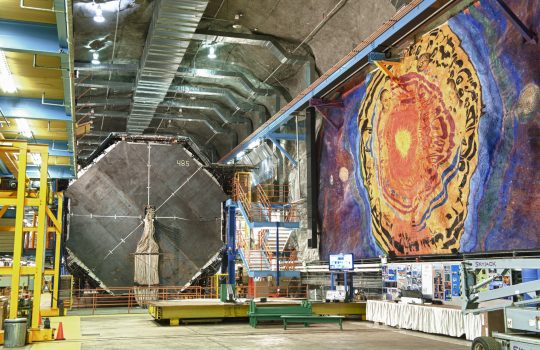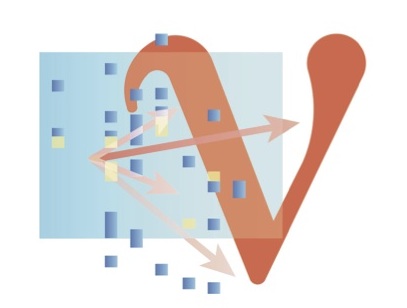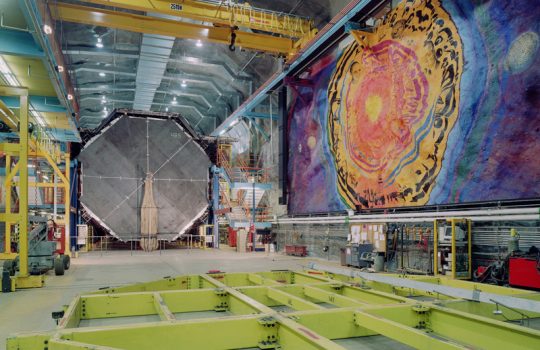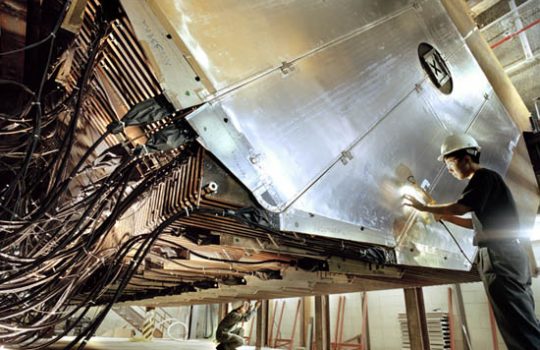Fermilab bids a fond farewell to MINOS
- California
- Minnesota
- MINOS
- neutrino
- Soudan Underground Laboratory
- Stanford University
- Texas
- United Kingdom
- University of Minnesota
- University of Texas at Austin
After more than a decade of running, on June 29, the Main Injector Neutrino Oscillation Search experiment and its second iteration, MINOS+, concluded their runs.




